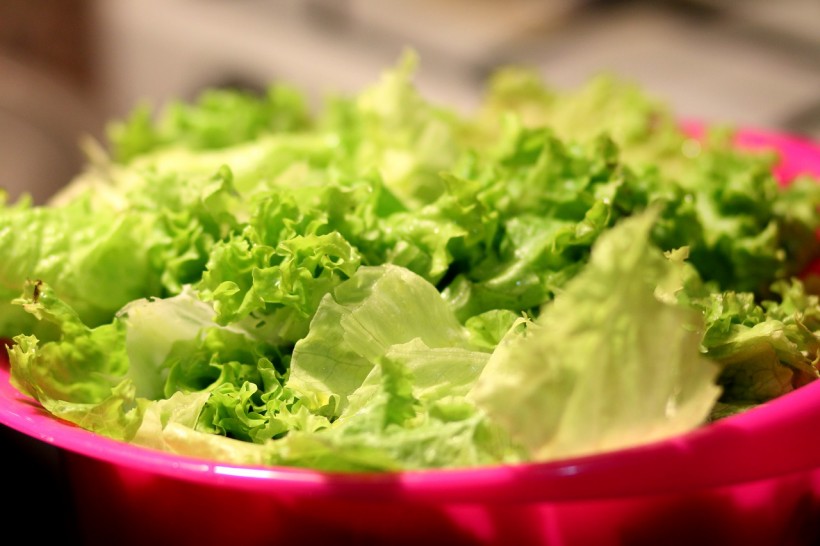Scientists from Leiden University led a study that quantifies the number of plastic particles found in plants served as food. Professor Willie Peijnenburg, an environmental toxicologist, said they had applied their novel method in lettuce and wheat.
This study is important to identify and know how much nano- and microplastics that plants have absorbed and what possible consequences it could have done to the food chain.

New Quantitative Method Detected More Plastic Particles in Salads Than Previously Thought
Plastic Particles in the Food
Nano- and microplastics are plastic particles smaller than 5mm in size. Previous studies have shown that these plastic particles can be found anywhere in oceans, mountains, and even in food.
A 2020 Italian study cited by BBC showed that apples and carrots have the highest levels of plastic particles, which could be caused by precipitation, otherwise known as rain. Researchers explained that microplastics in the ocean are pocked up in the clouds and fall back on Earth via rain, where the roots suck them up.
Researchers found that fruits contain more plastic particles than vegetables because they usually come from older trees with bigger and deeper roots. In the new study, researchers from Leiden University focused on plastic particles found in lettuce and wheat.
Lettuce Could Absorb A Lot of Plastic Particles
In the study titled "Quantitative Tracing of Uptake and Transport of Submicrometre Plastics in Crop Plants Using Lanthanide Chelates as a Dual-Functional Tracer" published in Nature Nanotechnology, Peijnenburg, and colleagues in China have developed a new method using light detection that labels plastic particles with a rare metal called Europium.
By labeling plastic particles, researchers easily measured their quantity through a traditional metal analysis that detects how many of them have entered an organism. Since Europium does not naturally occur in plants, every particle represents an ingested plastic.
Researchers grew lettuce and wheat for their study, according to Phys.org. They water them using different concentrations of labeled plastic particles to see how much plants absorb them.
They found that lettuce absorbed a lot of plastic because it is a water guzzler. On the other hand, plastic particles remain low in the soil as they are mainly attached to the roots. "Only a small number of particles end up in the edible parts, and that applies only to the very smallest particles," Peijnenburg said in the university's news release.
That means more plastic can be found on the food than in it. They observed that gardeners at Leiden University would cover their crops with layers of plastic to protect them from cold and vermin. Sometimes, these plastic particles end up on the crop. That is why proper washing is advised to get rid of every particle.
Using the new and simple method, researchers can now determine the plastic particles in all crops for the rest of the food chain and quantify their amount at certain concentrations in water or soil.
RELATED ARTICLE: Several Famous Fast-Food Items Have Industrial Plastic Chemicals, Experts Warn; Should We Worry?
Check out more news and information on Plastics on Science Times.














